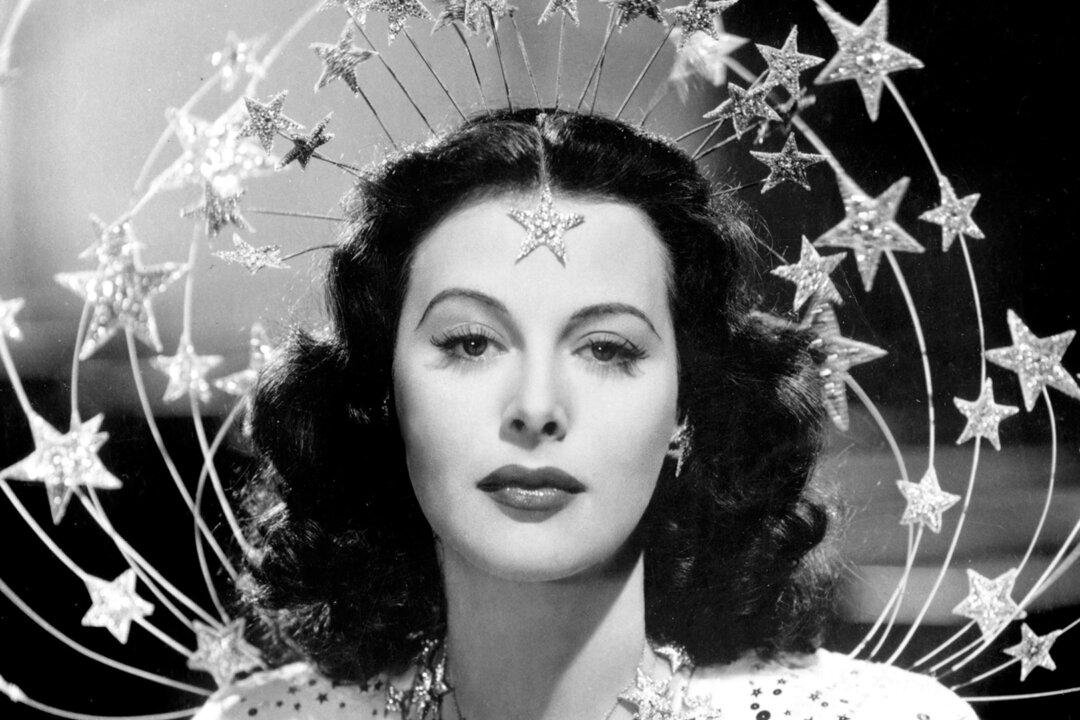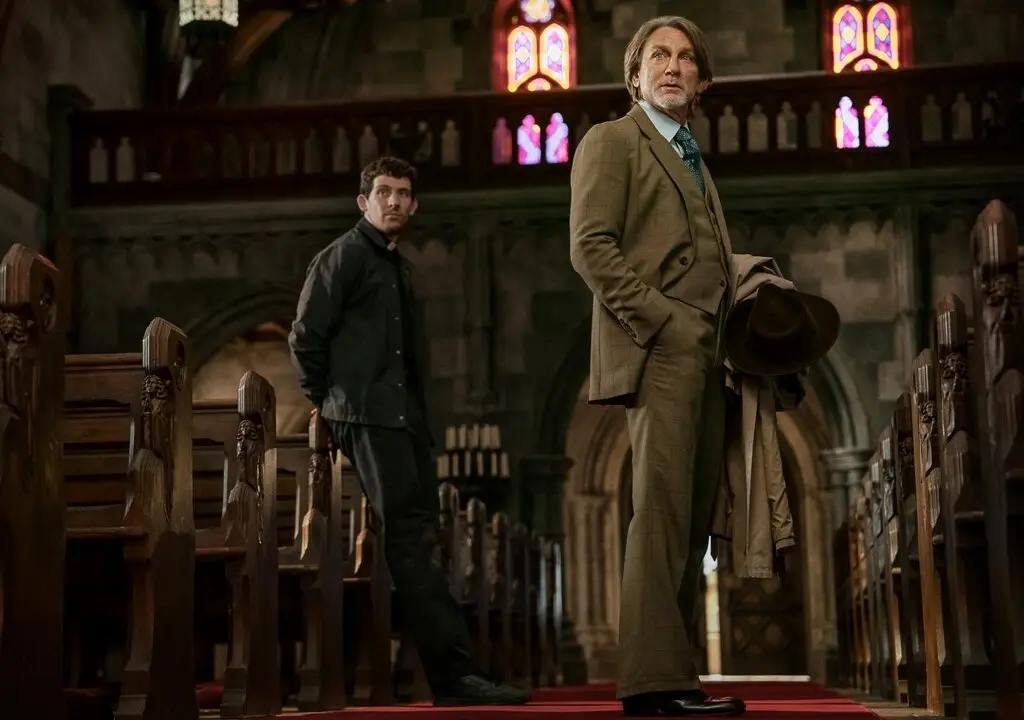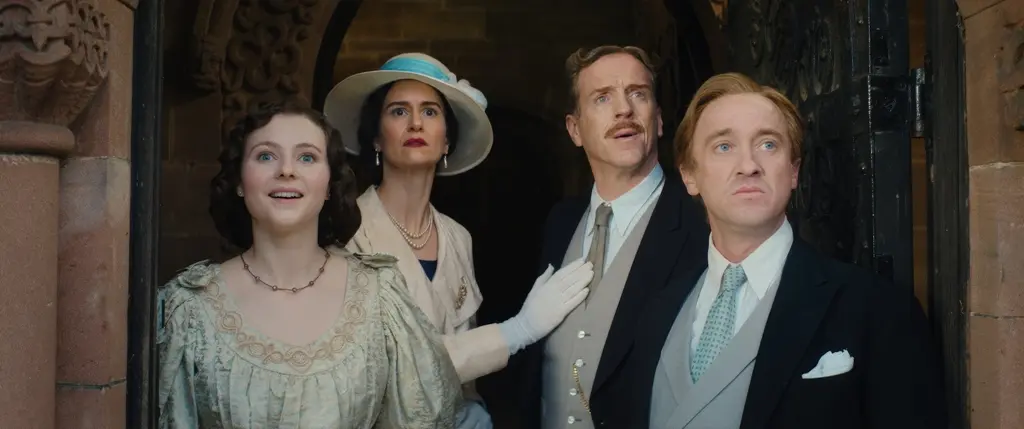NR | 1h 30m | Documentary, Biography, History | 2017
If someone made a documentary that concentrated solely on the accomplishments of Hedy Lamarr the actress, very few people would be interested in seeing it. Between 1930 and 1958, Lamarr appeared in 33 features and two TV shows. Most of these are so obscure or subpar, only four of them have critical scores on the Rotten Tomatoes website. On the same site, audiences gave only seven titles positive average reviews.






